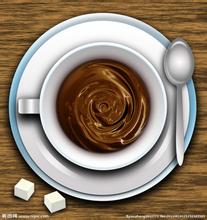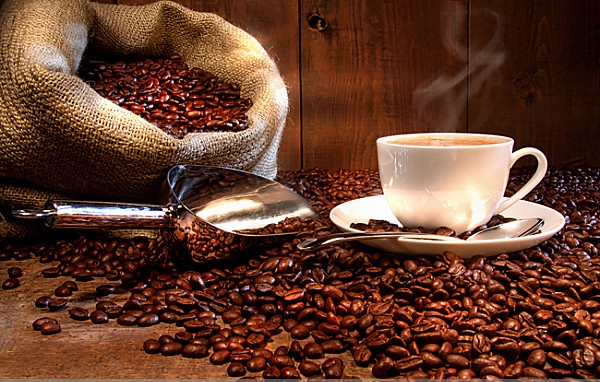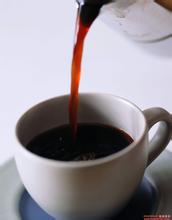Introduction of high-quality coffee with rich and unique aroma in Bolivian coffee manor
In 1932 Bolivia and Paraguay fought for oil resources in the North Chaco region and the Chaco War broke out. Bolivia was defeated and lost a large part of its territory.
In April 1952, an armed popular uprising broke out, and Paz Estensolo, leader of the nationalist revolutionary movement, became president. Since then, military coups have been frequent and the political situation has been turbulent for a long time. In October 1983, a modern bourgeois democracy with South American characteristics was restored.
Presidential elections were held on 18 December 2005. Evo Morales, leader of the Aymara Indian Movement for Socialism in Bolivia, won the election with 53.75% of the vote and took office on January 22, 2006. He became the first Native American president of Bolivia and the first leftist president of Bolivia. The construction of the Bolivian state, based on progressive communal socialism (i.e. Indian socialism), began.
On January 25, 2009, the 16th Constitution in the history of the Republic of Bolivia and the first Constitution to be adopted by referendum was approved with 61.8% of the votes cast.
On March 26, 2009, Morales signed a supreme decree declaring that the original name of Bolivia (República de Bolivia) should be changed to "El Estado Plurinacional de Bolivia" Bolivia is a plurinational state, mainly composed of indigenous peoples, including ethnic Indians; Mestizo: European and African immigrants and indigenous people
Bolivians in the market
Bolivians in the market
The population of Bolivia consists of about 30 per cent of the population and of European and African immigrants (about 15 per cent of the population). According to statistics, Bolivia has 37 indigenous ethnic groups, of which Quechua and Aymara have the largest populations, with 1.558 million and 1.279 million respectively, and Guaraní with 78,000.
Bolivia is a landlocked country, about one-third of which is Andes. The terrain is rugged and the altitude is very high. La Paz is known as the capital with the highest altitude in the world. Although there is no beautiful tropical seaside scenery, the lake scenery and the unique scenery of the Andes Mountains in the territory are also very nostalgic. The Salt Lake of Uyuni, known as the mirror of the sky, is a wonder of the world. There's no developed economy, it's one of the poorest countries in South America, but the people here are quite optimistic and open, and really different people have different pleasures in life, and coffee in Bolivia really started to be commercially produced in the 1950s.(Initially coffee trees were planted as fences around homes.) Coffee has grown rapidly in a short period of time, thanks in part to the impact of the 1975 Brazilian frost, which hit Brazil's coffee industry hard, and Bolivia's coffee industry took advantage of the opportunity to grow rapidly. Bolivia's coffee used to be mostly of average quality, but in recent years fine coffee production has grown rapidly and many very good beans have appeared. In recent years, the COE (Cup of Excellence) system, which was first implemented in Brazil, has gradually become popular. Bolivia has also introduced this system. On the one hand, it can stimulate the enthusiasm of coffee farmers, on the other hand, it is also to improve the quality of coffee. COE beans are better than ordinary coffee, whether they are green beans or roasted coffee.
Bolivian coffee aroma rich and unique, whether it is the aroma of beans after grinding or the aroma of the coffee produced are quite obvious rich, similar to the mixture of floral and fruit aroma, impressive medium acidity is low, but gives the feeling is not monotonous, but calm and generous, soft and fresh. You can even feel the sourness of citrus fruits when you taste them in the sourness.
Bolivia coffee overall taste rich and balanced, in addition to the good sour taste there is a light chocolate flavor, smooth taste is to give people a smooth feeling, in contrast to the bitter taste is not obvious. The coffee has a good aftertaste, and after drinking it, the sweet taste in the mouth lingers. The coffee brings a wonderful experience that is unforgettable.

Important Notice :
前街咖啡 FrontStreet Coffee has moved to new addredd:
FrontStreet Coffee Address: 315,Donghua East Road,GuangZhou
Tel:020 38364473
- Prev

With wine aroma, soft and silky Aldura coffee flavor, characteristics, taste and manor
Mexico: Aldura coffee flavor taste characteristics: soft aroma, mellow and comfortable, with wine aroma. Mexico has a long history of producing coffee and is currently one of the most important coffee producing countries in the world. The coffee produced in Mexico is naturally called Mexican coffee. About 5 ℃ of the total area of Mexico are plateaus and mountains, with an annual average temperature of 2527 ppm.
- Next

Characteristics of Colombian coffee flavor of Colombian coffee
Colombian coffee (Cafe de Colombia), which originated in Colombia, is one of the few individual coffees sold in the world under the name of the country. In terms of quality, it has won praise unmatched by other coffee. Compared with other producing countries, Colombia is more concerned with developing products and promoting production. It is this, coupled with its superior geographical and climatic conditions, that makes Columbus
Related
- Detailed explanation of Jadeite planting Land in Panamanian Jadeite Manor introduction to the grading system of Jadeite competitive bidding, Red bid, Green bid and Rose Summer
- Story of Coffee planting in Brenka region of Costa Rica Stonehenge Manor anaerobic heavy honey treatment of flavor mouth
- What's on the barrel of Blue Mountain Coffee beans?
- Can American coffee also pull flowers? How to use hot American style to pull out a good-looking pattern?
- Can you make a cold extract with coffee beans? What is the right proportion for cold-extracted coffee formula?
- Indonesian PWN Gold Mandrine Coffee Origin Features Flavor How to Chong? Mandolin coffee is American.
- A brief introduction to the flavor characteristics of Brazilian yellow bourbon coffee beans
- What is the effect of different water quality on the flavor of cold-extracted coffee? What kind of water is best for brewing coffee?
- Why do you think of Rose Summer whenever you mention Panamanian coffee?
- Introduction to the characteristics of authentic blue mountain coffee bean producing areas? What is the CIB Coffee Authority in Jamaica?

